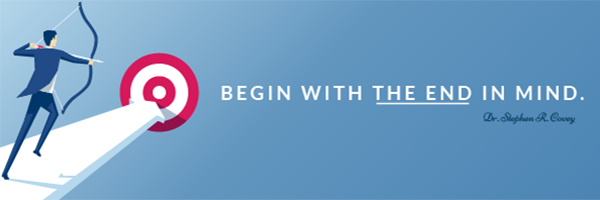An effective way to build a Win-Win situation or any type of good relationship with people is to first seek to understand them. In order to do this, you have to improve your listening skills. As Covey states, there are 4 stages of listening:
1. Ignoring
2. Pretending to Listen
3. Attentive Listening
4. Empathic Listening
To reach the 4th level (Emphatic Listening) means that you are inside someone else’s frame of reference by ‘listening’ to their body language, tone, expression, and feelings. This is the first big step for productive communication and interaction.
We often get up to the 3rd stage (Attentive Listening) of listening and we are under the impression that this is always more than enough. Consequently, we have these autobiographical responses:
a) Evaluate (agree or disagree)
b) Probe (ask questions from our own frame of reference)
c) Advice (give counsel based on our own experience)
d) Interpret (explain people’s actions based on our own motivations)
These responses don’t always reach and satisfy other people’s needs. On the other hand, by listening empathically (4th level), we can get beyond a surface-level, transactional exchange and have a real impact. By deeply understanding other people’s issues and satisfying their needs, then we can move onto being productive and be understood by them too. When we rush in response without understanding first, it’s similar to this:
Suppose you’ve been having trouble with your eyes and you decide to go to an optometrist for help. After briefly listening to your complaint, he takes off his glasses and hands them to you. “Put these on,” he says, “I’ve worn this pair of glasses for 10 years now and they’ve really helped me. I have an extra pair at home; you can wear these.” So, you put them on, but it only makes the problem worse. “This is terrible!” you exclaim. “I can’t see a thing!” “Well, what’s wrong?” he asks. “They work great for me. Try harder.” “I’m trying,” you insist, “Everything is a blur.” “Well, what’s the matter with you? Think positively.” “Okay, I positively can’t see a thing.” “Boy, you are ungrateful!” he chides, “And after all, I’ve done to help you!”
What are the chances you’d go back to that optometrist the next time you need help? Not very good, I would imagine. You don’t have much confidence in someone who doesn’t diagnose before he or she prescribes. This is, of course, a symbolic example, nothing that would happen when visiting a doctor, but you get the picture.
Seek First to Understand, Then to Be Understood






























